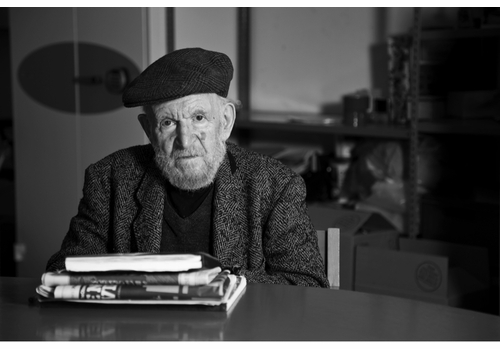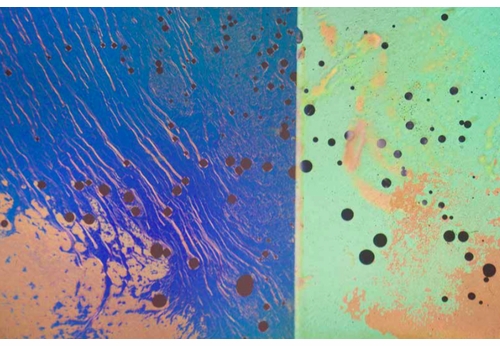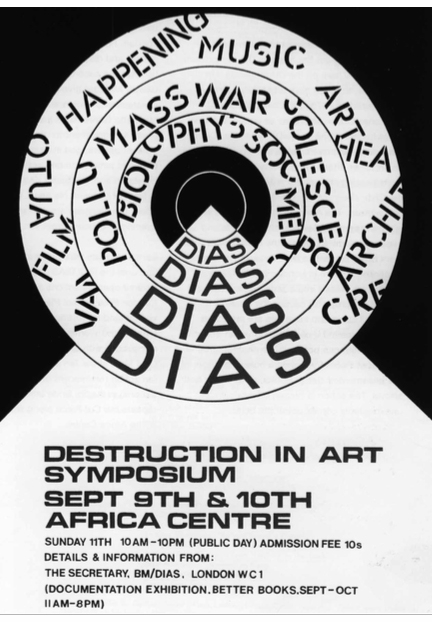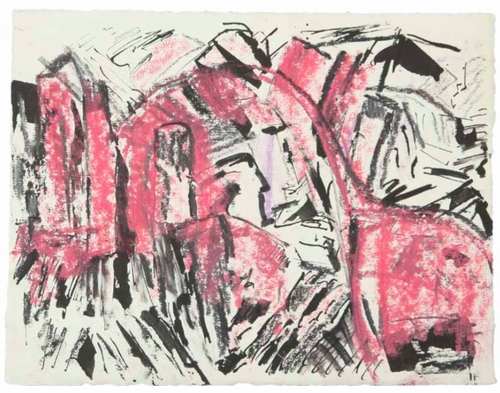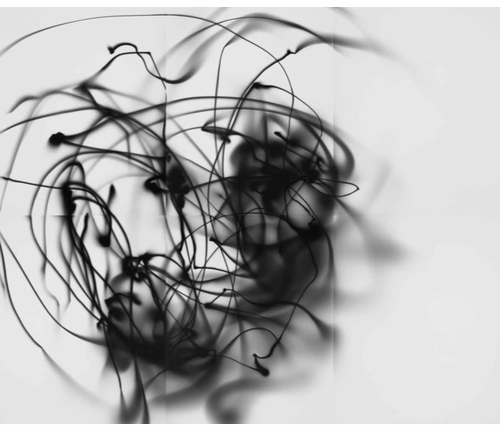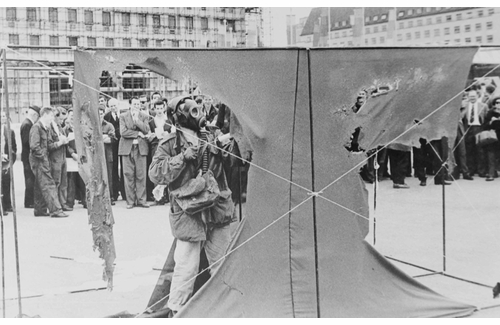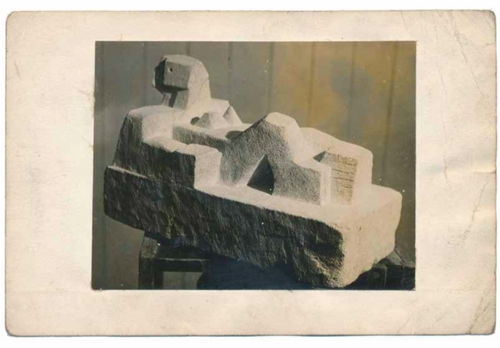| RECENT POSTS DATE 6/1/2025 DATE 5/10/2025 DATE 4/30/2025 DATE 4/26/2025 DATE 4/24/2025 DATE 4/23/2025 DATE 4/21/2025 DATE 4/17/2025 DATE 4/14/2025 DATE 4/10/2025 DATE 4/10/2025 DATE 4/8/2025 DATE 4/7/2025
| | | CORY REYNOLDS | DATE 3/2/2017Artist, political activist and pioneer of auto-destructive art Gustav Metzger has died this week at age 90.
Born in Nuremberg to Polish-Jewish parents, he was sent to Britain as a Kindertransport refugee in 1939. His parents and many of his relatives died in the Holocaust.
An artist who both confounded and influenced many, including The Who's Pete Townshend, who credits Metzger's ideas as the impetus behind his on-stage guitar-smashing, Metzger was virulently anti-capitalist, anti-consumerist, and anti-nuclear-armament. Above all, his art rejected power.
On November 4, 1959, Metzger penned his now-famous manifesto on auto-destructive art. In tribute, we present an excerpt here, as well as a selection of artworks from across his career, reproduced from the recent retrospective catalog, Gustav Metzger: Act or Perish!
Above: Metzger performing "The Southbank Demonstration," London, 1961.
AUTO DESTRUCTIVE ART
Auto-destructive art is primarily a form of public art for industrial societies.
Self-destructive painting, sculpture and construction is a total unity of idea, site, form, colour, method and timing of the disintegrative process.
Auto-destructive art can be created with natural forces, traditional art techniques and technological techniques.
The amplified sound of the auto-destructive process can be an element of the total conception.
The artist may collaborate with scientists, engineers.
Self-destructive art can be machine produced and factory assembled.
Auto-destructive paintings, sculptures and constructions have a lifetime varying from a few moments to twenty years. When the disintegrative process is complete the work is to be removed from the site and scrapped.
London, 4th November, 1959 G. METZGER
"Reclining Figure," no date.
Elements from "Liquid Crystal Environment" (1965-1966/1998), in which heat-sensitive liquid crystals are placed between glass slides and inserted into projectors. In 1966 these were displayed during a performance of the bands Cream, The Move and The Who at the Roundhouse in London.
Flier for The Destruction in Art Symposium (DIAS), London, 1966. This gathering of international artists, poets, and scientists also included members of the counter-cultural underground who spoke on destruction in art.
"Historic Photographs: Kill the Cars, Camden Town, London, 1996," 1996-2015. For this series, Metzger enlarged and obscured old press photographs, combining them with raw materials to create sculptural tableaux that challenge the viewer to literally look beyond the surface of the piece. "The works reflect on our recent history and some of its most appalling events, such as napalm bombing during the Vietnam War, the destruction of the Warsaw ghetto by the Nazis, the Oklahoma City bombing and violence between Jews and Arabs."
"Untitled," no date.
"Light Drawing," 2014.
 NERO
Hbk, 8.75 x 11.75 in. / 220 pgs / 84 color / 51 b&w.
| |
|
